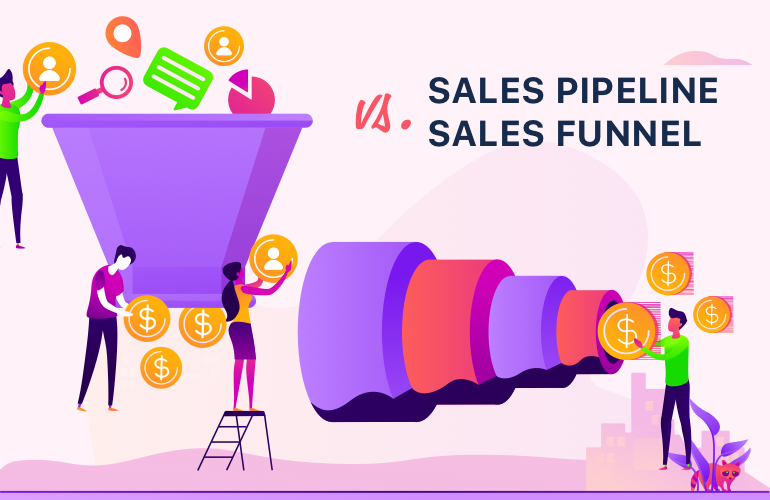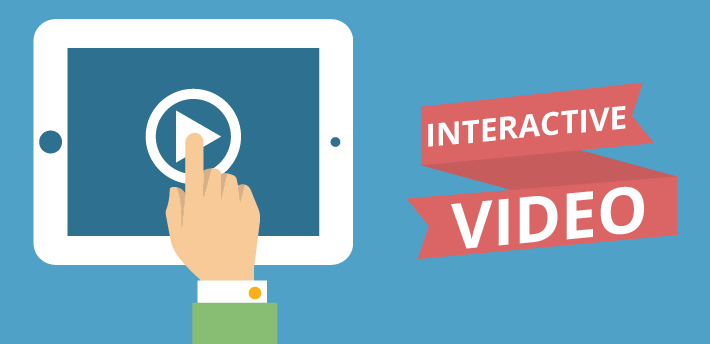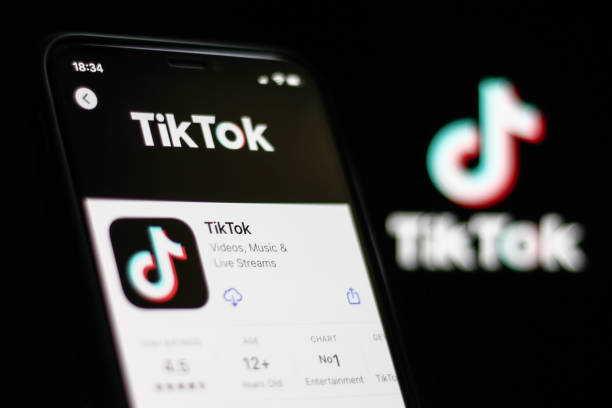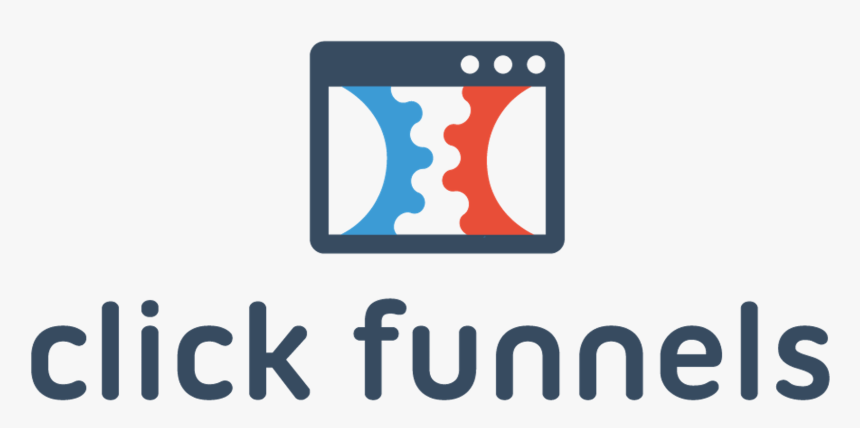If you own a company that sells a product or a service, acquiring customers is the most important thing you can do for it. Once a prospect is through the door, how you communicate with them and monitor your success and their progress through the buyer journey makes all the difference.

The sales funnel, and the sales pipeline play a role at this process stage. These ideas give revenue operations businesses a greater understanding of their clients and how they can provide the best possible service possible to those customers, allowing those organizations’ sales representatives to secure more business and produce more predictable income.
However, even though these ideas may work well together, you cannot substitute one for another. Continue reading to understand the sales pipeline and the sales funnel, as well as the fundamental distinctions between the two, so that your Revenue Operations team can analyze the number of excellent chances and the effectiveness of your efforts to generate leads.
What is a sales funnel?
The sales funnel examines the whole journey that a lead takes as a client from the perspective of a lead. Because the horn is shown in various ways, the six steps explained in this article may not always be present.
In a general sense, everyone acknowledges and accepts that there are three broad phases. The stage at the top of the funnel, also known as the TOFU, includes the stages of awareness and discovery. The lead is initially drawn into your orbit via marketing during this process stage.
The following section, known as the middle of the funnel (MOFU), addresses evaluation and intent. The potential customer starts to contemplate purchasing from you.
Last but not least, there is the bottom of the funnel (BOFU), which is where purchase and loyalty occur.

Awareness
At this point in the sales funnel, the prospect has just become aware that your company offers a particular service or product; this might be done via a search on Google, a post on social media, an advertisement on the radio, or a prospecting effort.
It is possible that the prospect is seeking a solution to the difficulty they’re having, or it’s also possible that they become aware of the issue at a time when they have no urgent need.
Discovery
A prospect has reached the discovery phase when they are intrigued enough to want more information about you; they start the process of doing more research. This is a chance to provide instructional material that extends beyond the period of building brand recognition and starts to go into deeper depth about how your company may assist others.
If you provide high-quality material, your potential customer will likely read more of it, check your social media feeds, and visit your website. It is quite probable that the prospect will do the same investigation concerning many other potential solutions.
Evaluation
Research becomes more in-depth, and the potential customer will start to investigate your product or service thoroughly. The evaluation also emphasizes making comparisons to the various rivals in the market. Review websites and word-of-mouth marketing will become more significant, but well-crafted material will continue to play a vital role.
Intent
When a prospect reaches the intent phase of the sales funnel, they are ready to purchase from your company. Have you done an excellent job? Hold up a second.
The prospective client wants (and needs in the B2B environment) to ensure that your proposal includes all they wish to and is within their budgetary constraints. The recommendations are refined, the conditions are discussed, and any concerns are addressed.
Purchase
Your sales team may celebrate as soon as the agreement is signed and the ink has had a chance to dry.
Although this stage is sometimes referred to as the honeymoon period, it is not the time to get complacent. Depending on your company’s products or services, a well-designed onboarding process may be an essential follow-up to the purchase. It can significantly cut the number of customers that leave your firm.
Loyalty
After the deal has been closed, there are still chances to deliver added value, cultivate customer loyalty, make upsells, and get recommendations. You may boost the probability of making another sale to your consumers or getting your contract renewed if you keep marketing to them.
Why analyze your sales funnel?

Understanding the return on investment (ROI) of marketing is essential to developing a new company, and evaluating sales funnels is beneficial in this regard.
By examining your sales funnel in-depth, you may learn how many potential customers you need to convert into customers. Based on this information, you may plan the organization’s development and create goals for individual departments.
Analyzing large amounts of data will also expose the differing quality of leads from various sources. If the conversion rate from one source is much lower than the rate from other sources, you might want to look into whether or not that channel is doing as well as the first stats imply.
You may, lastly, speed up the process of making sales, which is a vital step. Leads may take too much time to make their way through the funnel if quality leads originating from a dependable channel are not converting between the call and the close.
What is a sales pipeline?
A sales pipeline is a series of phases a prospect must pass through, from being a lead to becoming a customer. In everyday language, what does this mean?

If we take each pipeline step and dissect it, we can understand why some people would mistake it with the sales funnel. There are progressively fewer candidates who are successful at each successive level of the selection process.
Salespeople can organize better, manage, and optimize each aspect of the sales process if they look at each stage in depth.
Lead generation
The first stage is to generate fresh leads for the business; this is known as prospecting, although any lead generation may be categorized as belonging to this initial pipeline step. This first phase accounts for a significant portion of the whole sales funnel.
Qualify leads
After that, it is time for your sales team to qualify those leads. Lead scoring is a systematic method for accomplishing this goal. When sales teams qualify leads, they may improve their efficiency by focusing more on the quality of the leads rather than the quantity of the leads.
Call or meeting
All that’s left are the prospects interested in and might purchase your goods now that you’ve reduced your prospects to the most highly qualified potential.
It’s time to start selling it aggressively.
Contact will be necessary for this, whether by phone call, in-person meeting, product demonstration, email, or text message.
This is a crucial step, and the quantity and quality of leads that have passed through the pipeline’s earlier phases will directly influence how well the sales meetings go.
Proposal
Following the sales call, the salesperson gives the potential customer a complete estimate stating the price and the conditions, such as the contract duration and what is included.
Close
As the race finishes, sales conduct any last-minute negotiations, sign the contracts, and complete the transaction. The prospect has now progressed through the pipeline and is now a customer.
Retain
After closing, what next? Although sometimes overlooked in sales funnels, client loyalty and retention should be considered. Reducing churn rate and boosting customer lifetime value is a crucial step on the road and essential for company success, even if the responsibility will move from the salespeople to client services and marketing.
Why should your sales pipeline be optimized?
It should go without saying that every company should optimize its sales funnel. But we’re going to go through how they vary to emphasize the distinction between a sales pipeline and a sales funnel.
Gaining further clarity on timelines may be accomplished by analyzing your pipeline. How soon do leads turn into customers? We just examined our conversion timelines and discovered some unexpected results. You may concentrate on streamlining that stage if you find out that one step in your system is taking too long.
Measuring your sales velocity is excellent since it shows how quickly transactions move through your pipeline and identifies any problems.
You may identify pipeline issues by studying your sales pipeline statistics. It may be possible to eliminate unproductive or needless procedures to enhance the flow of leads toward the sale.
It may be pretty effective to optimize your pipeline since, if the change is made quickly, it will take impact right away. You may analyze a team or individual level to see if roadblocks are from team processes or personal weaknesses.
Difference between Sales Funnel Vs. Sales pipeline

A sales pipeline depicts a consumer’s steps to convert to a client. The sales funnel represents the number of prospects who pass various phases.
A sales pipeline examines all of the stages of the sales process, from lead generation to completing the deal. Brand-focused looks at the internal steps your sales and marketing teams must take for a prospect to become a client and be retained.
The customer journey is examined via a sales funnel, from first learning about a brand to buying anything. It is customer-focused in that it considers the several phases consumers will go through as they approach a purchase.
Teams must develop plans and do data analysis for both the sales funnel and sales pipeline because, although complementary, they are fundamentally separate tools.
For instance, monitoring your sales funnel—looking at metrics like your conversion rate (the proportion of prospects who eventually convert to customers) and average sales volume—can provide insightful data on the efficiency with which your business is generating leads,
The caliber of those leads, the ideal customer profile, and the market sweet spot for your goods or services.
While this is happening, you can monitor your sales pipeline using metrics such as win rate, sales cycle duration, deal slippage, attrition rate, and CRM score to see the number, stage, and dollar amount of prospects your representatives are working on.
Furthermore, suppose you accurately track that data. In that case, it can point out areas where your sales process needs improvement, deals that are at risk of falling through the cracks, opportunities for upselling and cross-selling to increase revenue, chances to boost conversion rates, and chances to close more and better deals.
Do I Need a Sales Pipeline or a Sales Funnel?
It’s crucial to consider if using both or just one of the options will improve your sales approach. The decision you choose is based on the requirements of your sales process.
A sales pipeline helps companies with high-value items that need a complicated purchasing procedure by streamlining the process. A channel makes it easier for new sales representatives to comprehend your sales strategy and follow possibilities that can take longer to develop.
A funnel, however, could be a better match for your team if your business specializes in B2C or your B2B sales cycle is shorter.
By concentrating on conversion rate, team members may find and fix issues while creating a success measurement for each funnel level.
Conclusion
It is vital to have a firm grasp on the main characteristics that will assist your company in differentiating itself from its rivals. You may acquire a comprehensive view of your sales process and improve your sales strategy to achieve the business objective using sales funnels and pipelines. You will be able to pinpoint the areas in which your company is lacking and increase the effectiveness of your employees if you pay attention to the theoretical viewpoint of the sales cycle.
YOU MAY ALSO LIKE: Sales Funnel Stages for SaaS Businesses
You love this Article right? Get more Updates via Adilo Twitter Page.
https://www.salesmate.io/blog/sales-pipeline-guide/
https://mirasee.com/blog/sales-funnel-stages/
https://sopro.io/added-value/blog/how-to-manage-your-sales-pipeline/
https://www.engagebay.com/blog/sales-pipeline-vs-sales-funnel/













